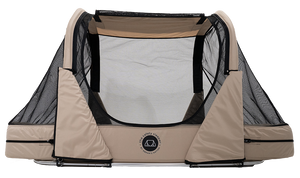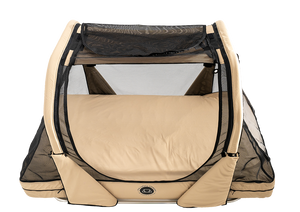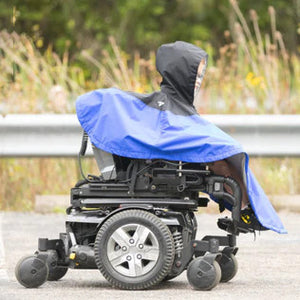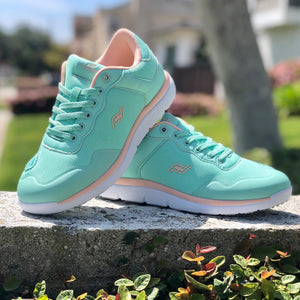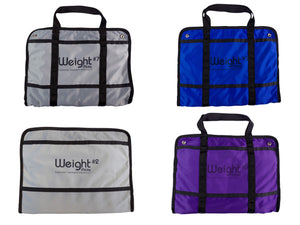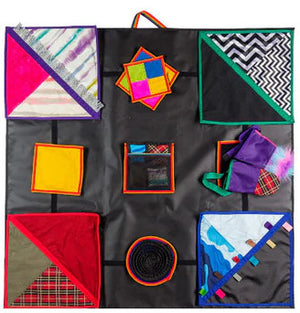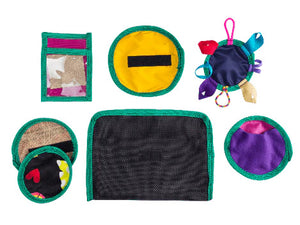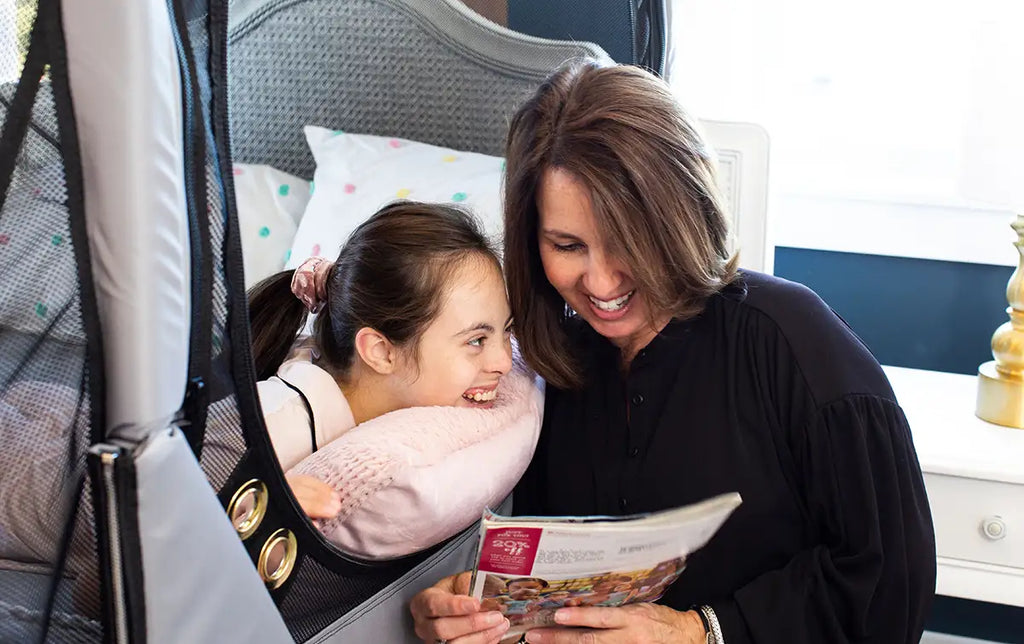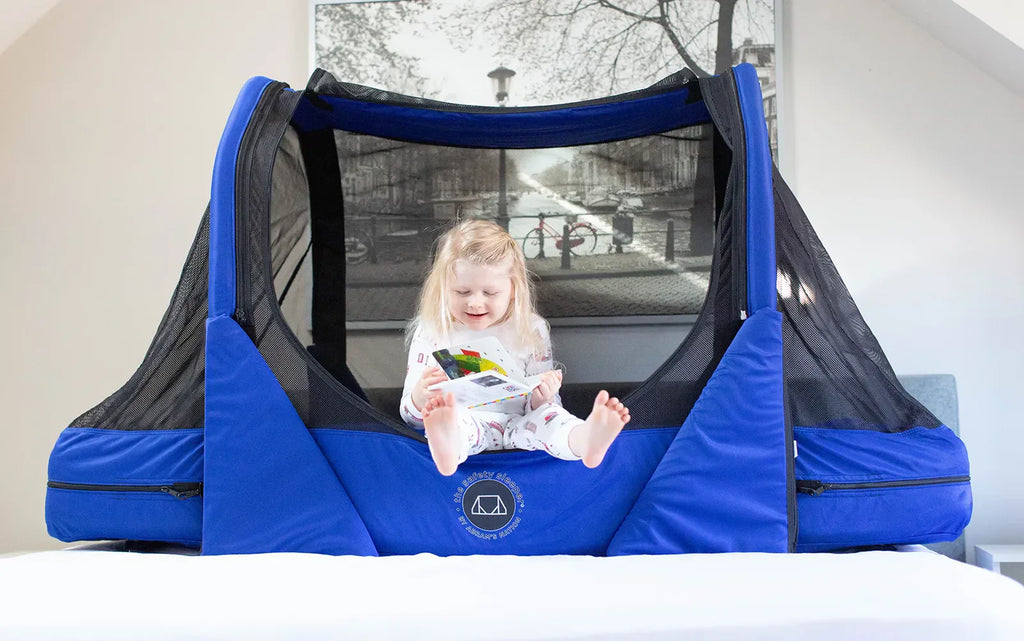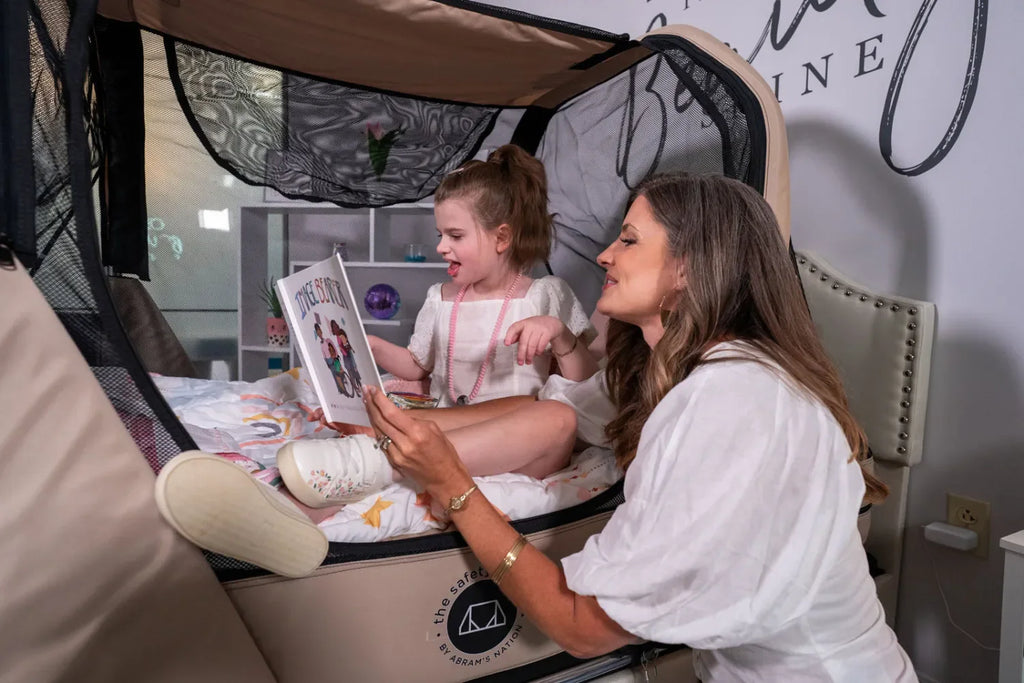For people with disabilities, a medical enclosed bed can provide a significant improvement in their quality of life. With convenient medical access and a fully enclosed design, a medical enclosed bed delivers a combination of comfort and safety.
A traditional bed, meanwhile, simply lacks the right features and functionality to provide the level of care a person with disabilities or special needs requires. For example, a traditional bed can quickly become a safety hazard because it lacks fall prevention and meaningful accommodations for medical intervention.
Instead, a great medical enclosed bed is designed with people who have disabilities in mind.
If you’re picking out a bed for someone with special needs, be sure to consider all of your options and potential features!
Features to Look For In A Medical Enclosed Bed
If you’re shopping for a fully enclosed medical bed, pay attention to these characteristics:
- Comfort. A medical enclosed bed is a wonderful choice in many scenarios because it offers a gentle way of keeping your loved one in a single location without uncomfortable physical restraints.
With that in mind, there are many different factors to consider, including:
- The mattress - The mattress is the most obvious, but it’s also the most critical. If your loved one must recline for an extended period of time, a soft mattress can keep them comfortable.
- Padding around the enclosure - Many enclosed beds rely on wooden bars for a sturdy design and construction, and this padding is important for preventing your loved one from knocking against the tough metal frame.
- The materials used, including the mesh walls - Because the entire bed is enclosed, your loved one will be able to touch everything. Make sure everything is as soft and safe as possible for their specific needs!
- Medical Access - This is one of the most important factors in a medical enclosed bed: How easy is it for you to administer care to your loved one without disassembling the bed?
A medical enclosed bed should provide the fall protection of an enclosed bed while still allowing you to provide the medical treatment you would administer in a health care setting.
In many cases, this sort of functionality requires either zippers for a small door or access points to run wires like breathing or feeding tubes.
- Fall Prevention - An enclosed bed is typically enclosed for one of two reasons:
- To prevent a patient or loved one from stepping out of bed unsupervised
- To prevent a patient or loved one from falling out of bed
Depending on why you’re looking for an enclosed bed design, consider the options available to you:
- An enclosed screen - We use a breathable mesh screen in The Safety Sleeper®, but you’ll also find it on beds like the Pedicraft Canopy Bed.
- Side rails - Side rails, like the ones commonly found in hospitals, prevent users from rolling out of bed as they play or sleep. However, you can unlock the same functionality from an enclosed screen!
- Frame pads - The soft pads cover the entire frame to protect your child and to create a cozy environment.
- Power features - Depending on your loved one’s specific medical needs, a powered bed may be especially attractive. For example, you may be able to:
- raise the bed
- lower the bed
- raise the head of the bed
- raise the foot of the bed
Some fully enclosed medical beds also offer the ability to mechanically raise or lower the bed, which reduces the need for electrical outlets while providing care.
Take note, however, that not all beds offer the ability to reposition its shape for your loved one.
- Size and Weight Capacity - If your loved one is immobile and heavier than the average person, a stronger bed may be necessary for long-term use.
Even if you don’t need the extra strength, the additional size could be beneficial; some family members and caregivers like the extra space in a bed because it gives them enough room to relax and bond next to their loved one.
- Ease of Cleaning - If your loved one has special medical needs, an easy-to-clean bed can significantly simplify your responsibilities.
Special medical needs sometimes require cleaning up after spills, blood, or bodily fluids, and easy-to-clean fabric can make all the difference.
- Mobility. Some degree of mobility is nice to have in a medical enclosed bed! In a home setting, you may like the option of moving the bed around the room to vacuum the floor underneath or simply to rearrange the room.
But the ability to travel is also a nice perk! With The Safety Sleeper®, for example, users can quickly disassemble the bed and pack it into the included hardshell suitcase, which is perfect for slipping into the back of the car or even onto an airplane.

